- Home
- slideshows
- miscellaneous
- Austin's homeless crisis is so dire, a nonprofit built an $18 million tiny home village to get the chronically homeless off the streets. Take a look inside Community First Village.
Austin's homeless crisis is so dire, a nonprofit built an $18 million tiny home village to get the chronically homeless off the streets. Take a look inside Community First Village.
On a sunny Thursday morning in Austin, Texas, Robin Draper is scurrying across Community First Village preparing tiny homes for their new, soon-to-be-formerly-homeless tenants.

The 27-acre village houses the most vulnerable of the capital city's homeless population, and in an hour more will come off the streets and move into their approximately 200-square-foot abodes.
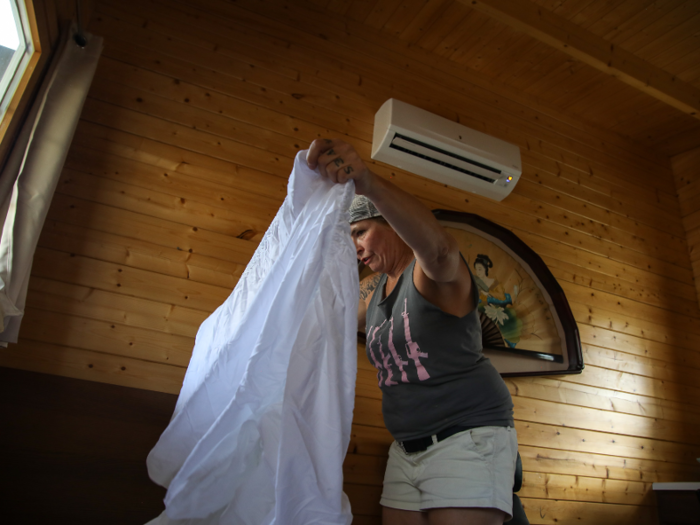
Draper fiddles with a pot of flowers under a windowsill and neatly organizes the incoming residents' toiletries, food, and other items in the home.
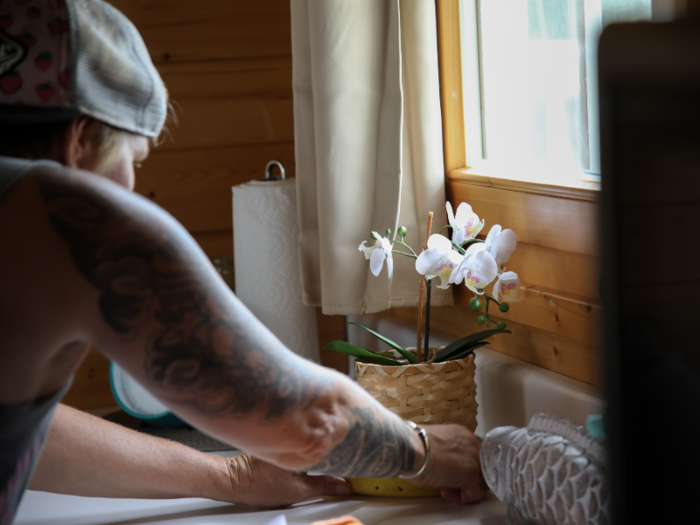
She can relate to the new residents that are moving in — Draper was homeless for years, weaving in and out of rehab centers and housing services before becoming a resident and staff member at Community First.
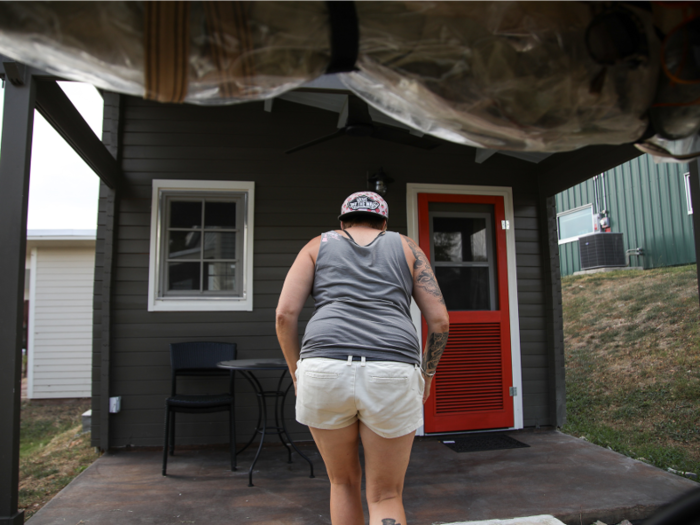
"It was so hard to be homeless," Draper said. "You had to do everything. You had to hustle for everything — shoes, socks. I mean it was just brutal."
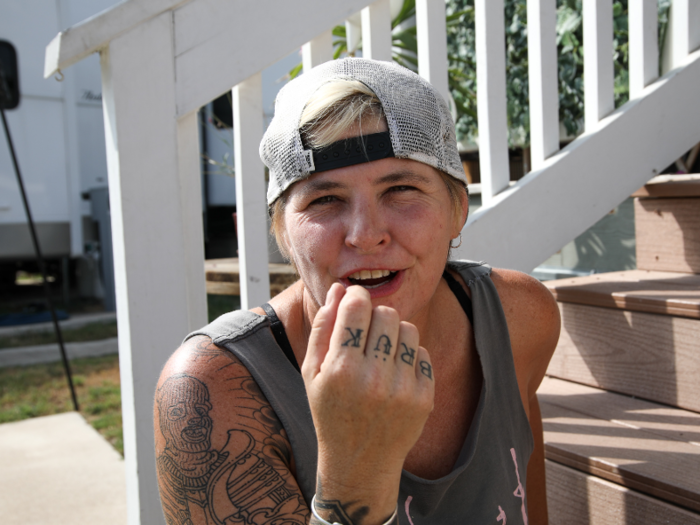
The Community First project has been ushering in a portion of Austin's chronic homeless population into homes on its property in East Austin since 2015.
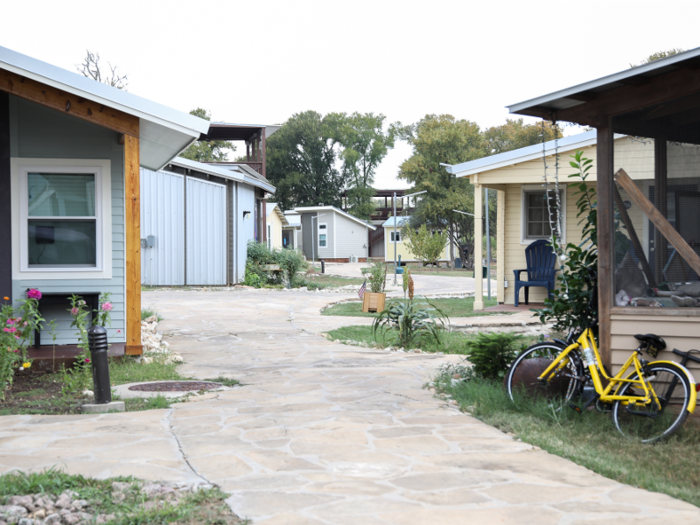
Austin has seen rapid growth in recent years, especially in the tech sector, and an increase in housing prices has helped spur a rise in homelessness.
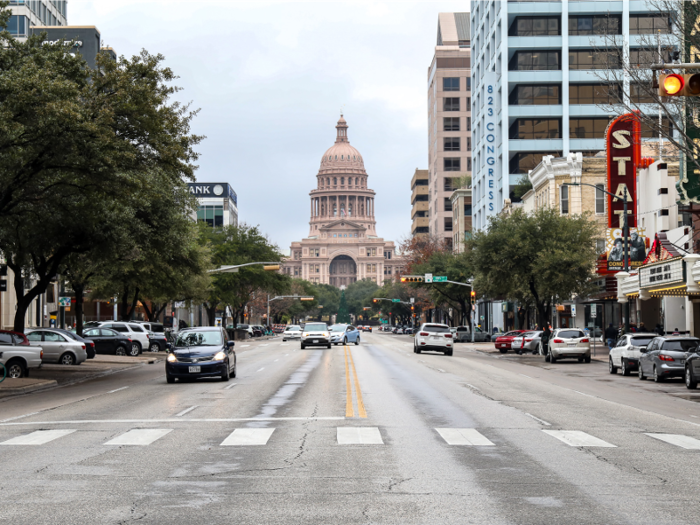
Source: Business Insider
According to a KVUE Austin report, the homeless population grew from 6,232 to 7,992 between 2013 and 2018 at a rate of 28.2%. That's more than double the rate that the city's overall population grew during that time.
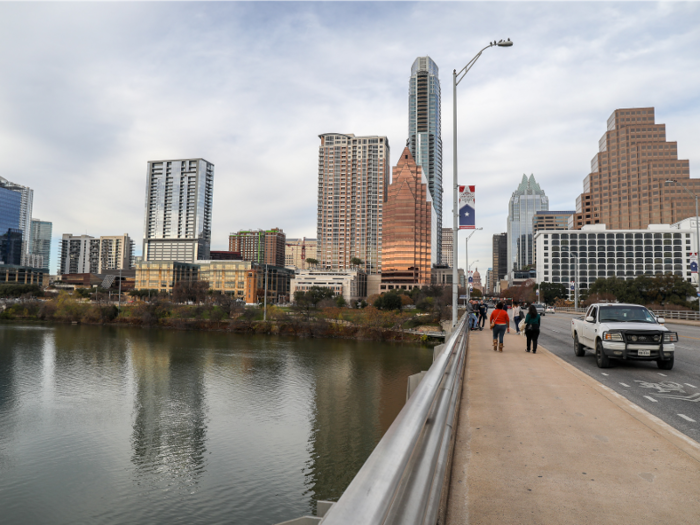
Source: KVUE
Austin's rise in homelessness is comparable to San Francisco's — another city known for its urban homeless crisis — where homelessness rose by about 30% since 2017.
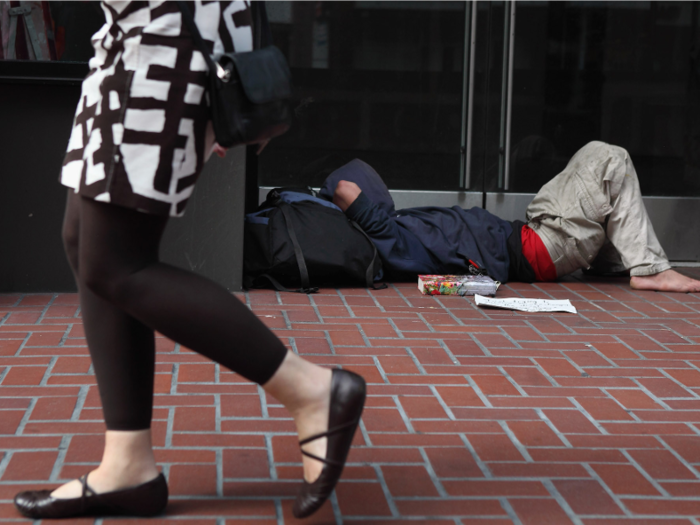
Source: The San Francisco Chronicle
Alan Graham, Community First founder and CEO of its Christian-based parent organization, Mobile Loaves and Fishes, picked up on that urgency after years of serving Austin's homeless community prior to launching Community First Village.
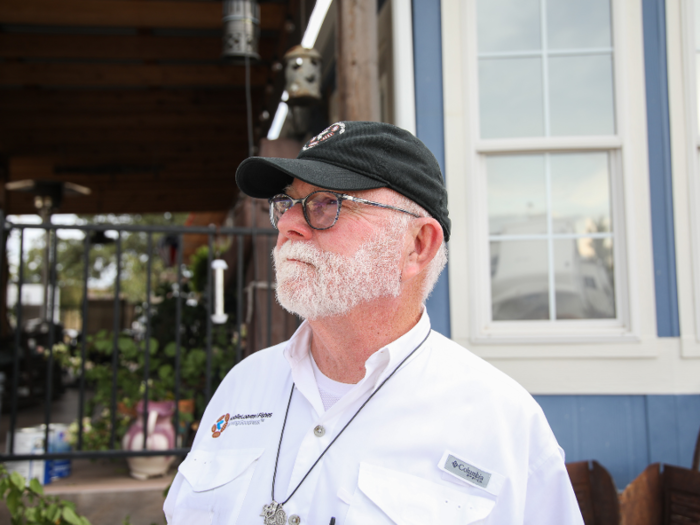
And while he told Business Insider that affordable housing, living wages, mental health issues, and drug and alcohol addiction are all very real factors included in the conversation surrounding homelessness, there's another source of trauma that is to blame.
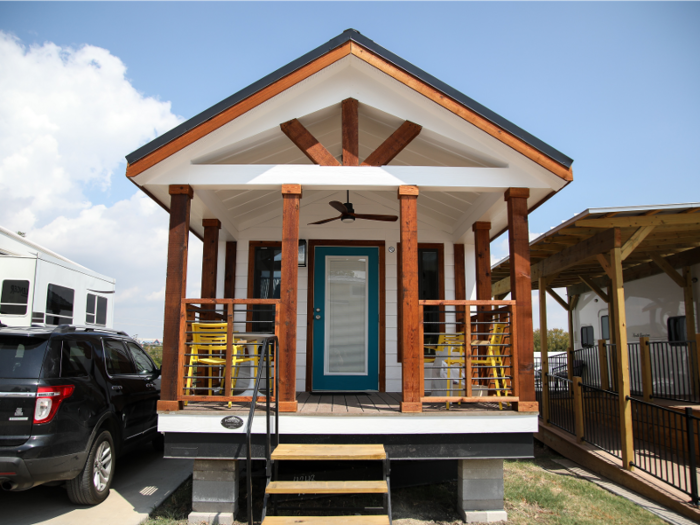
"We believe that the single greatest cause of homelessness is a profound, catastrophic loss of family," Graham said.
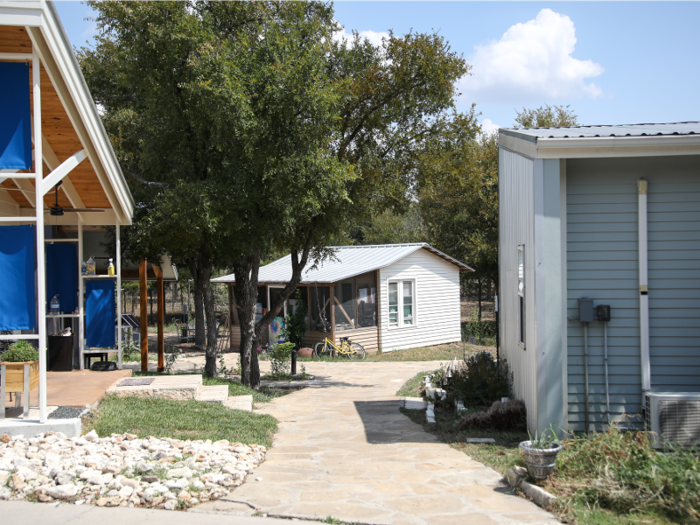
Every person that the organization has moved off of the streets of Austin has come from some kind of traumatic family background, Graham said, which means that providing food and shelter is important, but addressing a need for genuine human connection is the key.
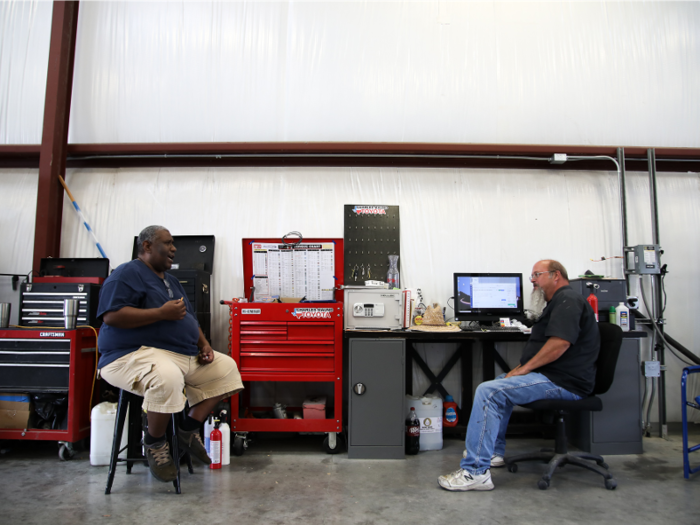
"Until we connect those dots, the transactional things that we try to do to solve the unsolvable is putting a Band Aid on a carotid artery, in my humble opinion," Graham said.

So the innovative project takes a community-first — a spinoff of the housing-first term — approach to helping its residents exit homelessness for good.
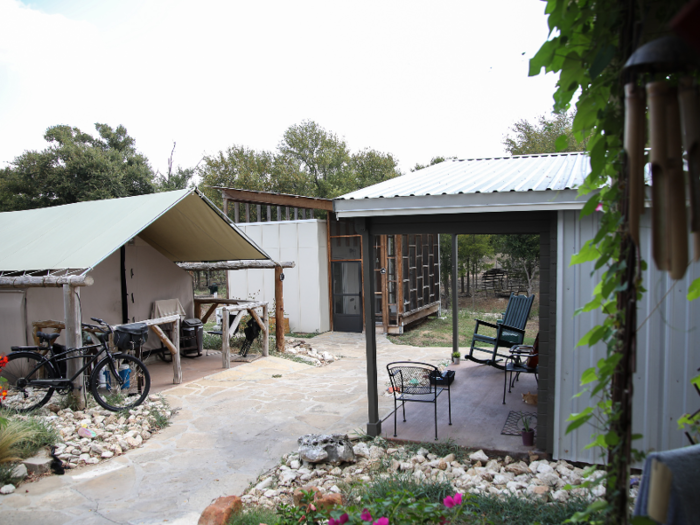
The entire project, from the village layout to its housing structure to its on-site programs and employment opportunities, is designed to foster a sense of community amongst its residents.
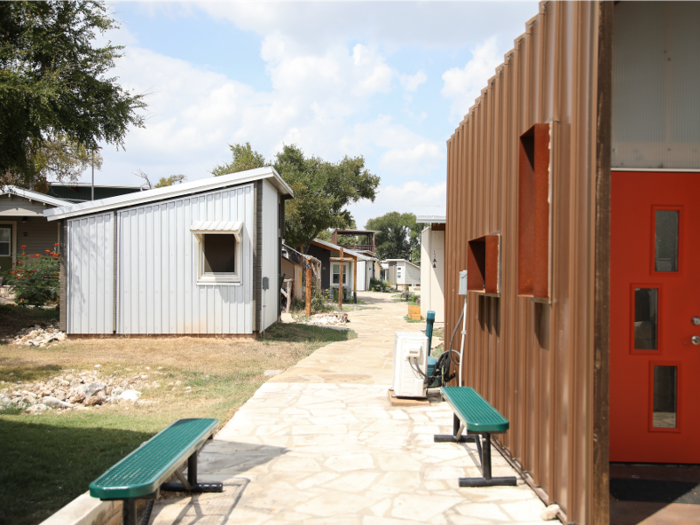
"What we say is that we built a 250-bedroom, $18 million mansion," Graham said.
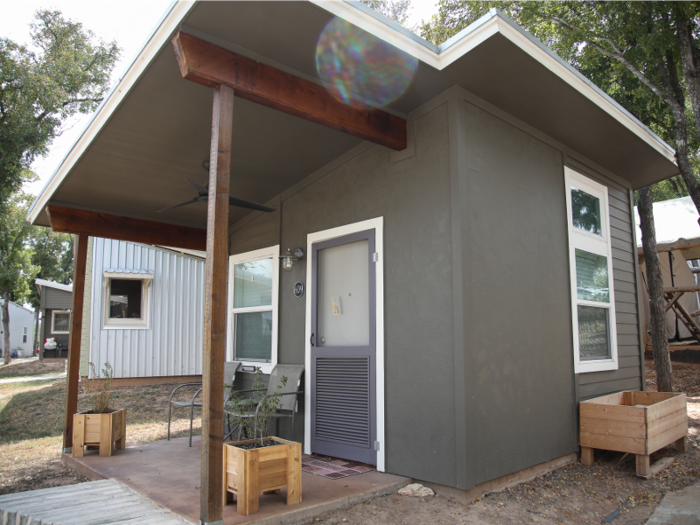
The fact that residents all share similar life experiences, with many having struggled with trauma, mental health issues, drug and alcohol abuse, also helps each other heal and cope, Graham said.
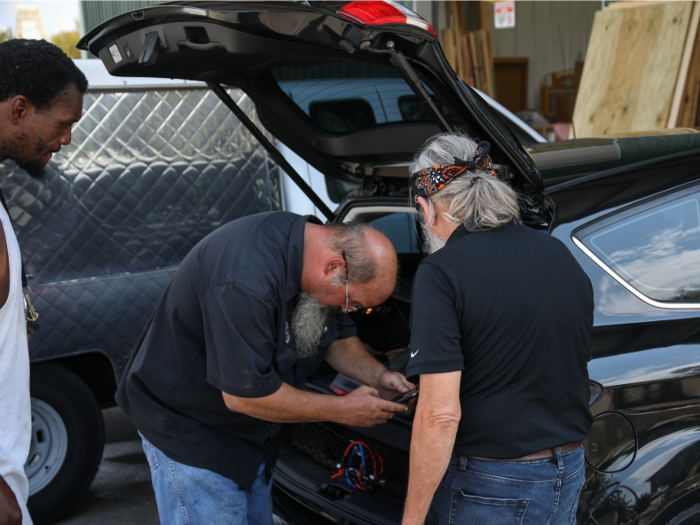
And it seems to be working — Draper said there's about an 87% retention rate in the village.
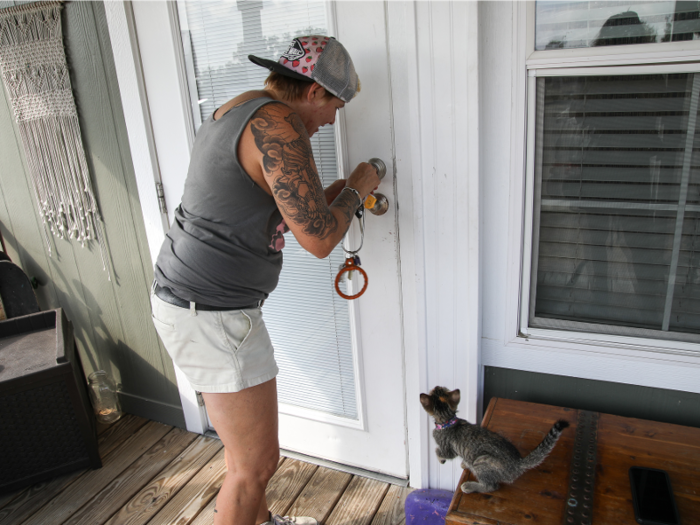
On top of that, deep-pocketed donors believe in the vision — the $18 million needed for the initial build came from privately-donated funds. The same goes for the village's annual operating costs, which Graham said clock in at $6 million.
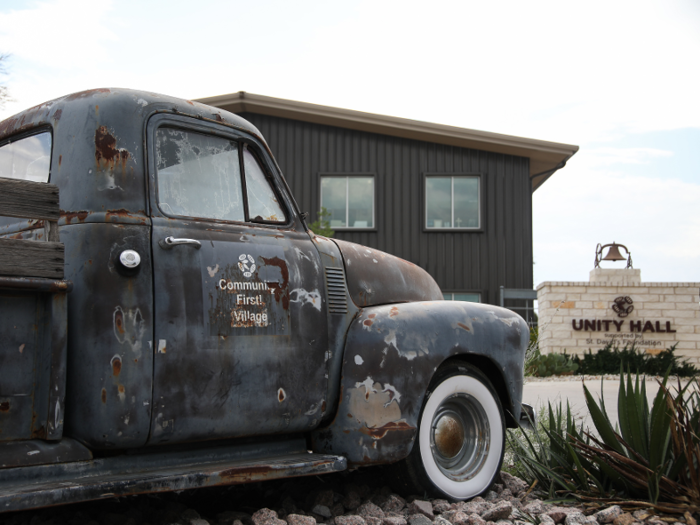
Source: People
Graham said that there's no government funding involved, which frees Community First of certain governmental requirements that are usually tied up in housing projects for the homeless in the US.
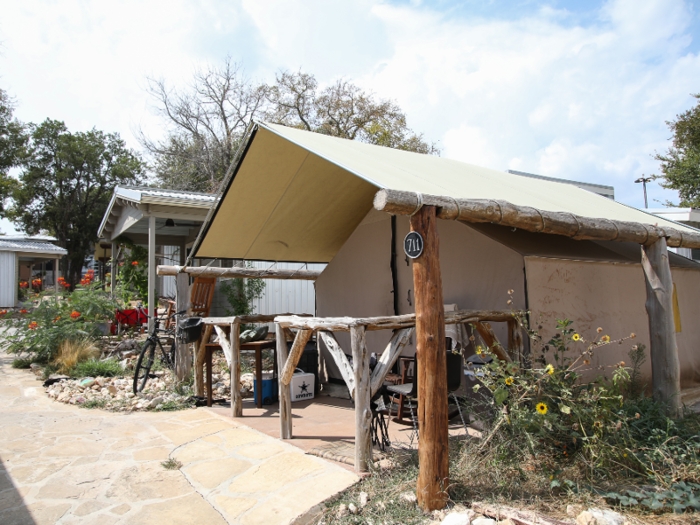
But Graham said national leaders have been among the visitors that have ventured to witness the Community First model for themselves, which Graham said is part of the grand vision of the village: to pass on that information in hopes that the community concept could be replicated elsewhere.
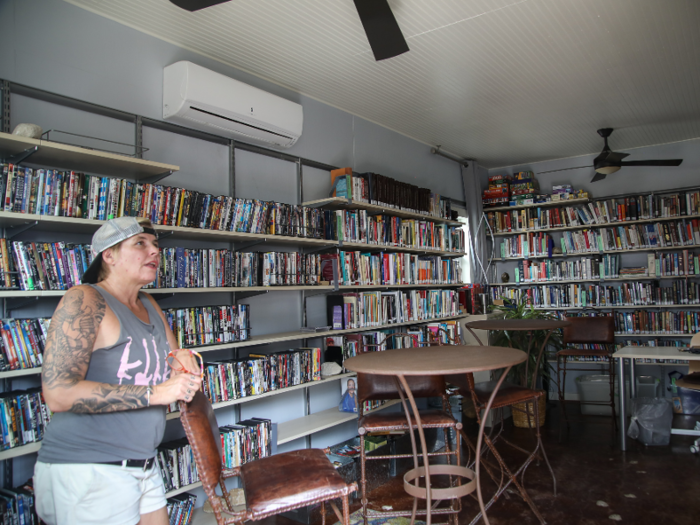
"The goal is to teach — our goal is to let people know that there are other ways to deal with this," Graham said.
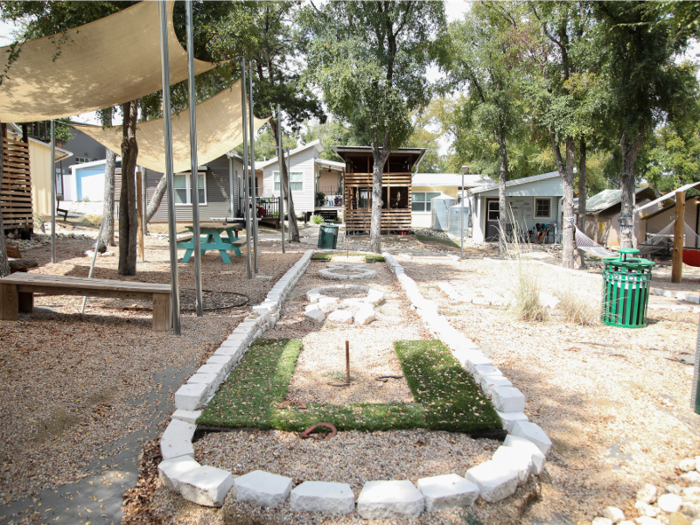
There are about 180 residents and a number of what are called Missionals — on-site Christian missionaries serving the residents — living amongst each other in around 240 units, most of which are tiny homes and some are RVs.
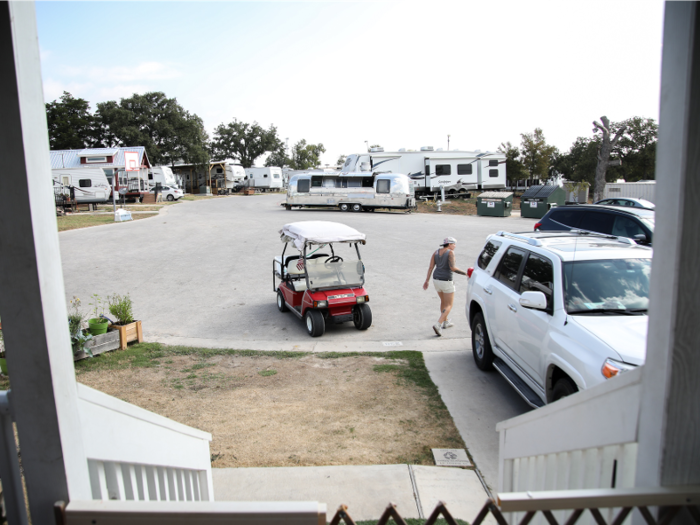
Graham counts himself among the village's residents — he and his wife, who also works full-time on the site, sold their home in an affluent West Austin neighborhood to move into the village.

Each home costs on average anywhere from $25,000 to $40,000 to build, Thomas Aitchison, the communications director for Mobile Loaves and Fishes, told Business Insider.
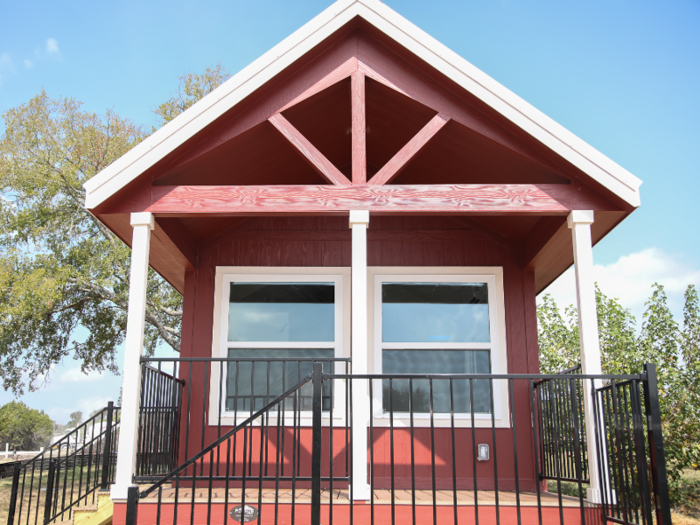
The residents have their "bedroom," or home, and can reach their bathroom "down the hallway" (there's no plumbing in the tiny homes) by walking a short distance down the road to one of the five communal restroom and shower facilities.
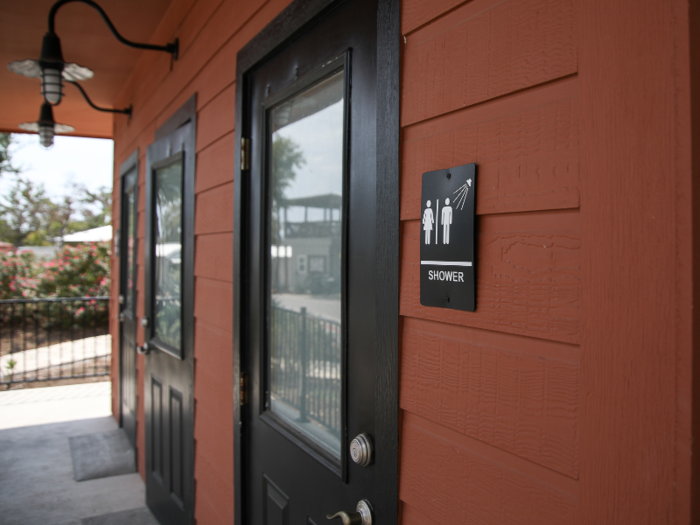
There's a "media room," or outdoor movie theatre, up toward the front of the property where residents and the public can view movie screenings.

There's an art studio for residents and Missionals to sculpt, paint, draw, and potter.
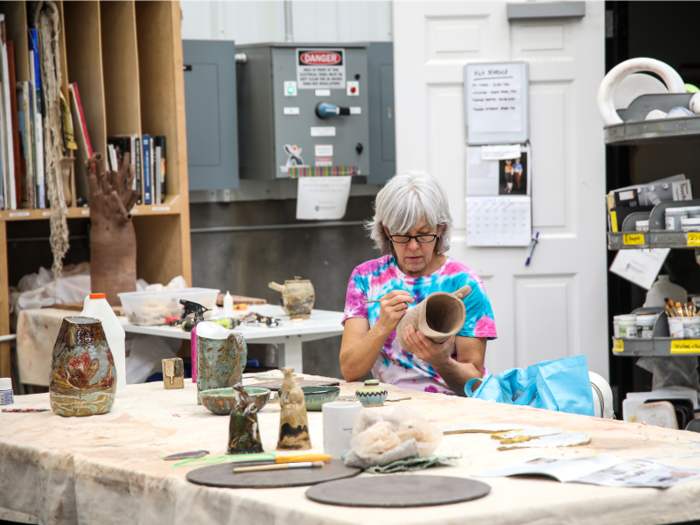
And communal kitchens and laundry units are scattered throughout the neighborhood.
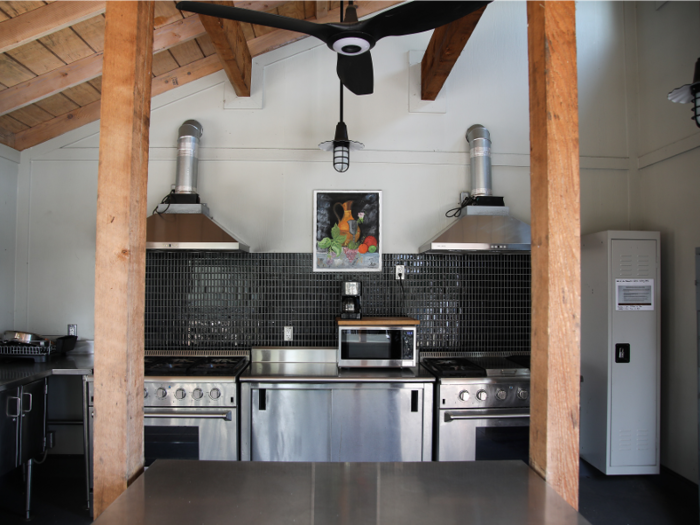
Two acres of organic gardens provide fresh produce that's given to residents at regular farmer's markets within the community.
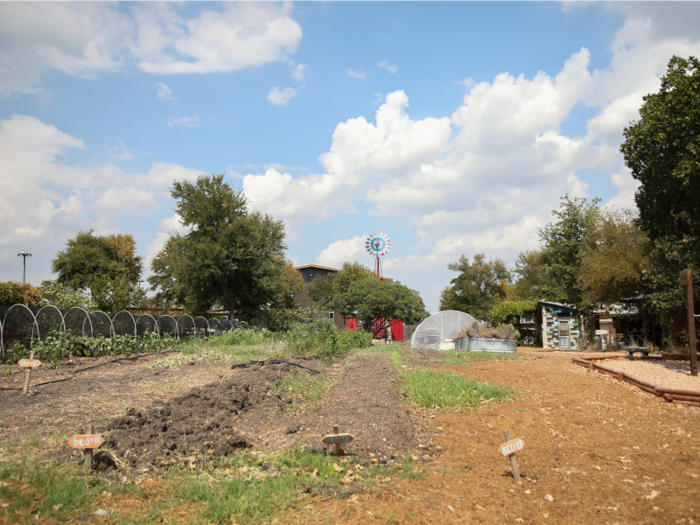
"I call it the better-than-Whole-Foods department," Aitchison said.
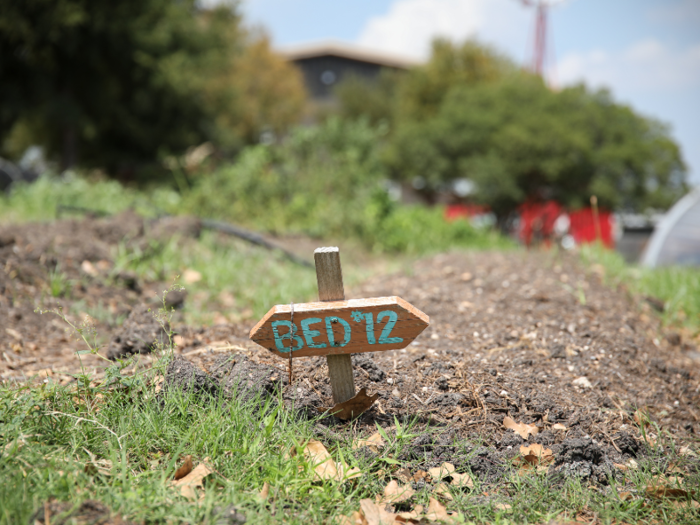
And hundreds of volunteers come out weekly to help out with whatever needs tending to, Aitchison said.
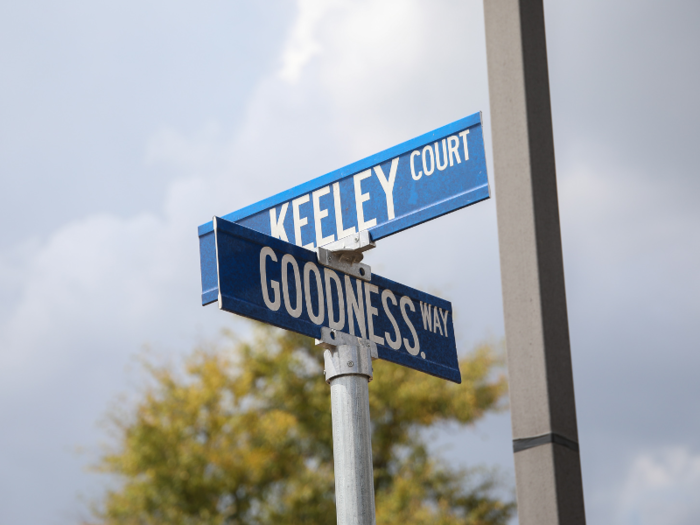
Local support and involvement have proven to be an important element in the village's success so far, Graham said.
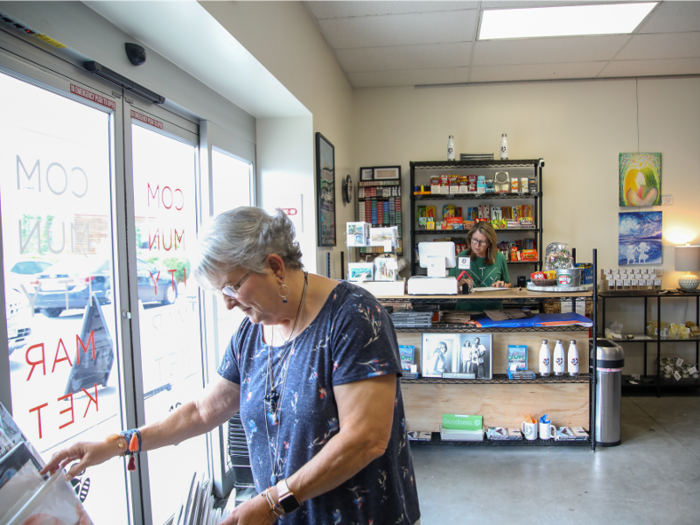
About 10 or so tiny homes along the front edge of the village are listed on Airbnb for rent to allow the public the opportunity to visit and experience for themselves what the village is like — and to interact with the residents, Aitchison said.

The rentals back up to the outdoor movie theatre. The cinema company Alamo Drafthouse donated the screen and equipment used for regular movie showings.

Pro-bono lawyers in the area visit to help residents prepare their end-of-life documents. Aitchison said most residents legally opt to be laid to rest in what is called a columbarium.
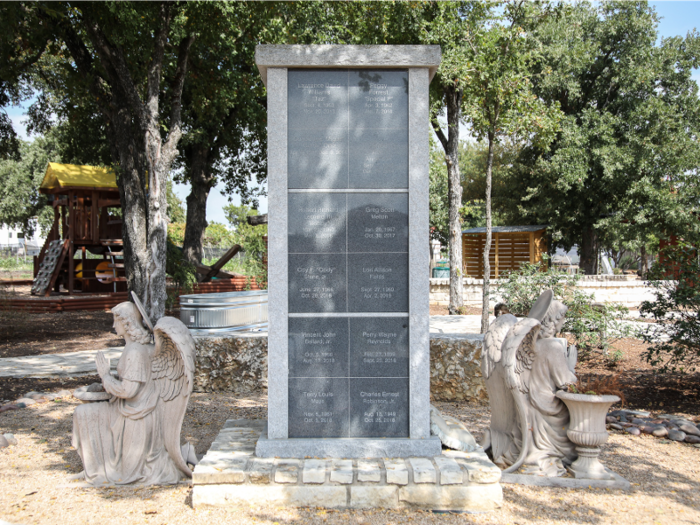
It's where residents can choose to have their cremated remains interred when they die. It stands in a central location in the village.
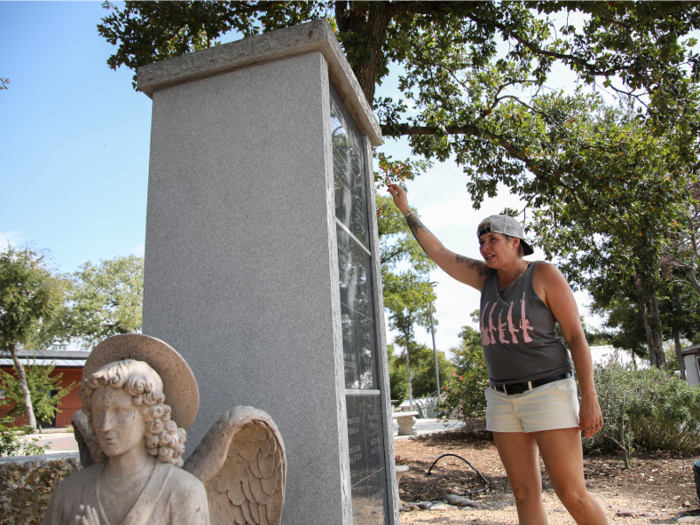
Stylists from a local mom-and-pop hair salon visit the property regularly to receive residents as clients in an on-site barbershop.
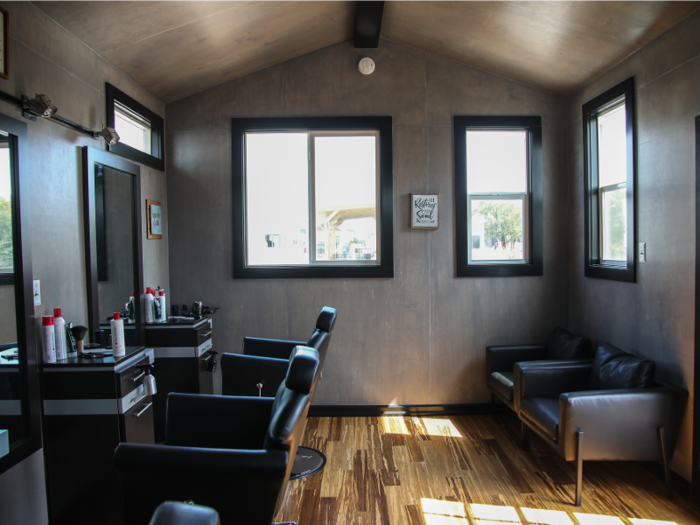
And local philanthropist and billionaire John Paul DeJoria — the mastermind behind the Paul Mitchell empire — donates his top-notch hair products to the salon for stylists to use when residents come in for service.

DeJoria also recently donated a whopping $1.6 million to the village's Phase II expansion that will see 300 more residents move into the village.
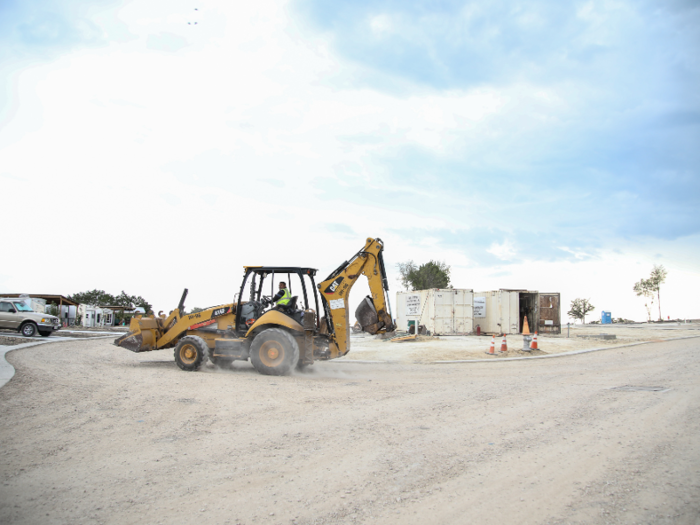
Six of those new homes will be built by Austin startup Icon, which constructs 3D-printed homes that Icon cofounder Evan Loomis told Business Insider can be completed in about 27 hours.
DeJoria's donation will specifically be funneled into the construction of a new building that will serve as the Entrepreneurial Hub of the village's existing Community Works program.
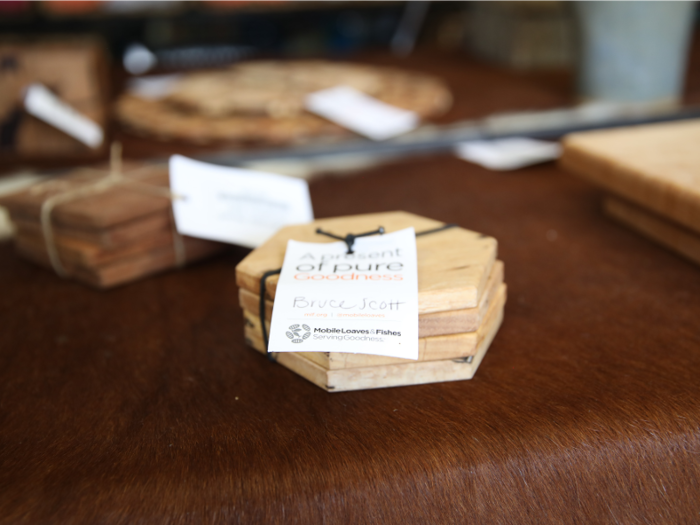
Through it, residents can sell handcrafted goods, like jewelry, woodwork, ironwork, and other items. Residents receive 100% of the profit from the sales of the goods they craft.

It's all part of the village's broader goal of providing residents with an avenue to rediscover a sense of purpose in life and a way to earn what the folks at Community First call a "dignified income."
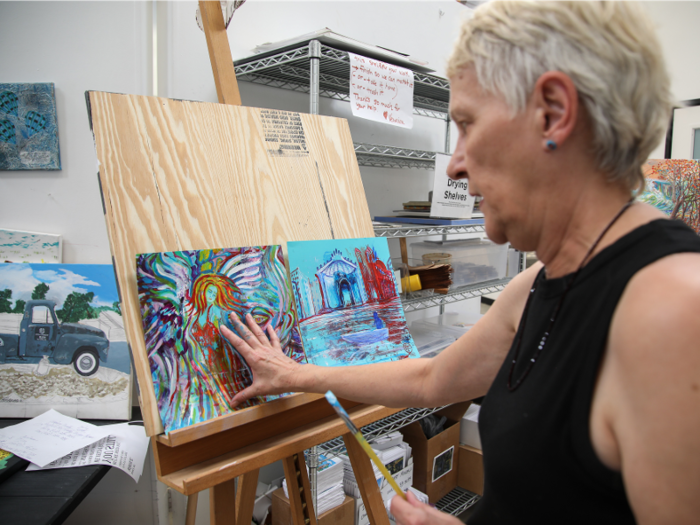
Resident Ute Dittemer's paintings are some of the most well-known pieces of art on the property.
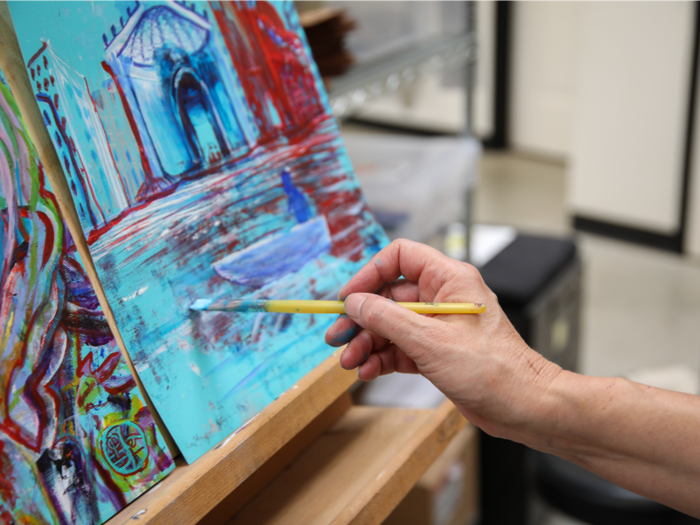
She told Business Insider that she sells some of her paintings for around $80 through the Community Works program and overall makes good profit from them.
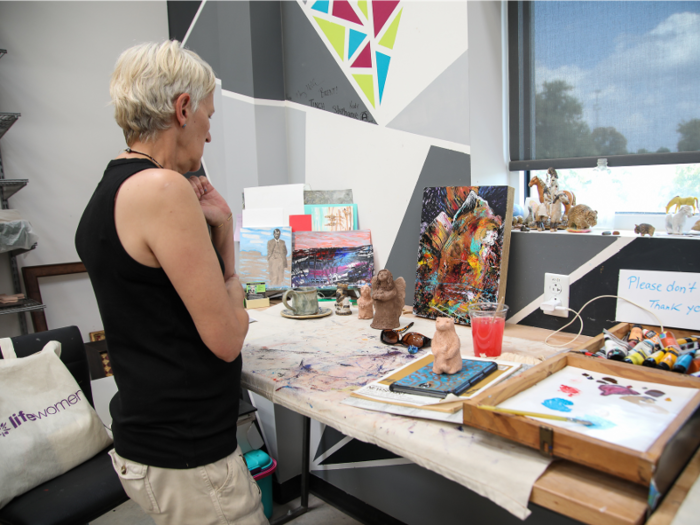
Dittemer said she didn't receive academic training for her art. She's entirely self-taught, having picked up a paintbrush long before she became homeless.
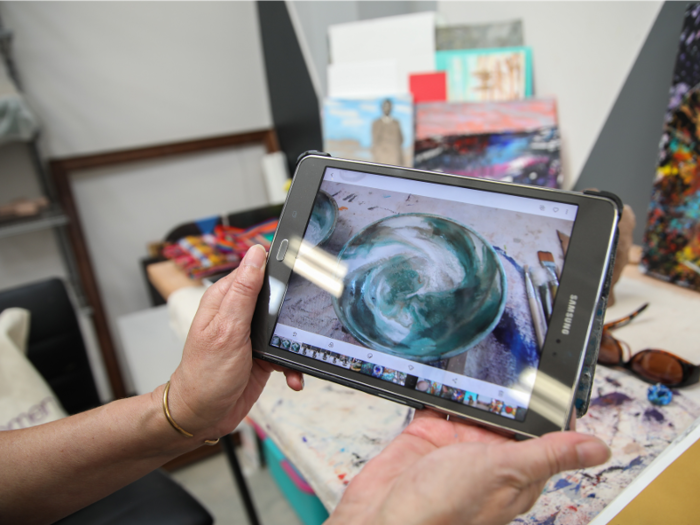
A German native, she moved to the US in 2005. She and her husband experienced homelessness before getting involved in the Community First project.
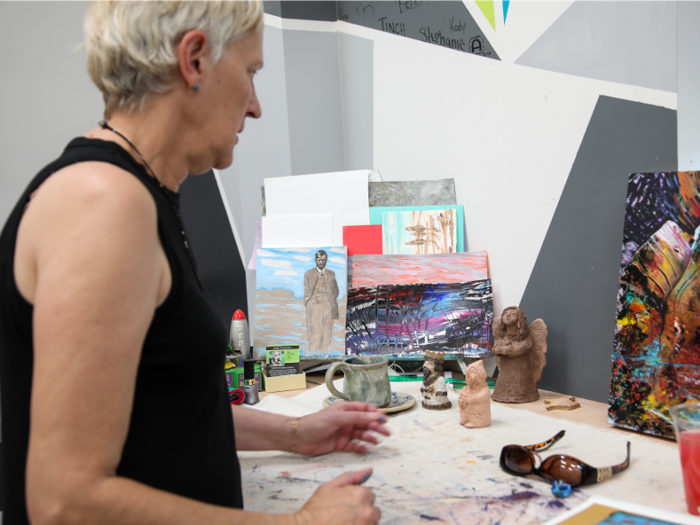
"They should make it a requirement that everybody in the US has to be homeless for at least six months," Dittemer said. "You would see how fast it would be eliminated."
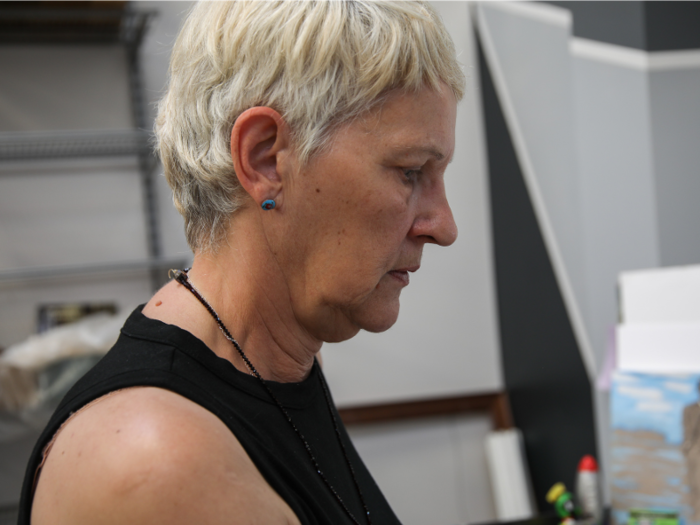
The on-site auto shop, which is open to the public, works similarly to the Community Works program in that it gives residents an easily-accessible place of employment.
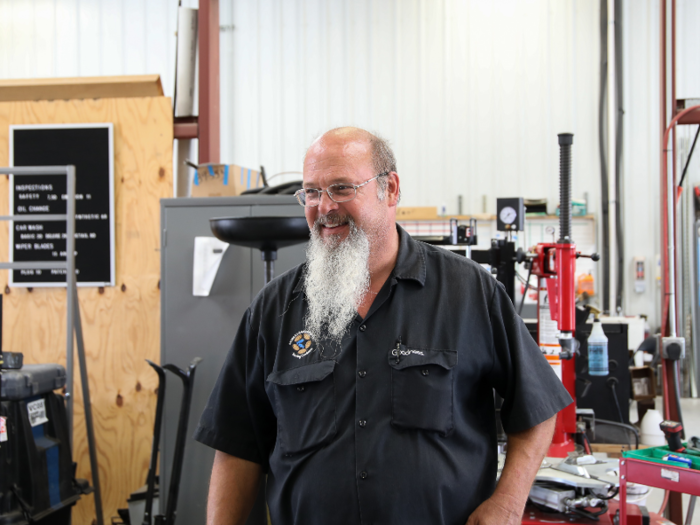
Bennie Parks, aged 52, works in the garage two days out of the week performing oil changes and car inspections, among other services.
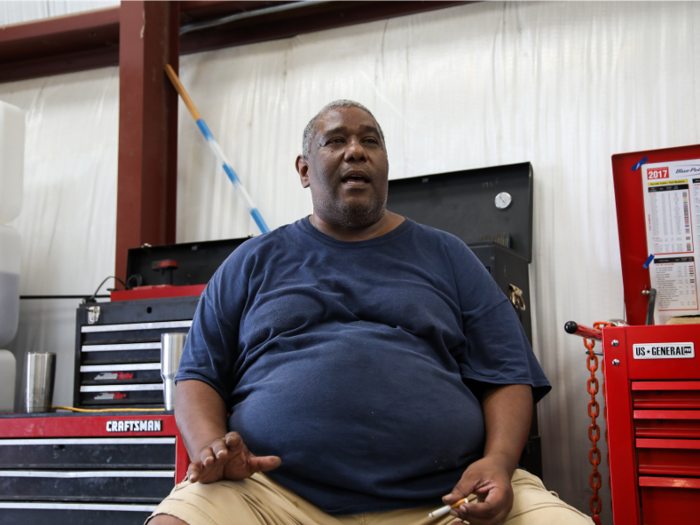
Parks said he first became homeless after a bad divorce from his wife years ago. He said he struggled with drug use and drug dealing as well. But about a year ago, he said he was accepted into the Community First program and moved into the village.
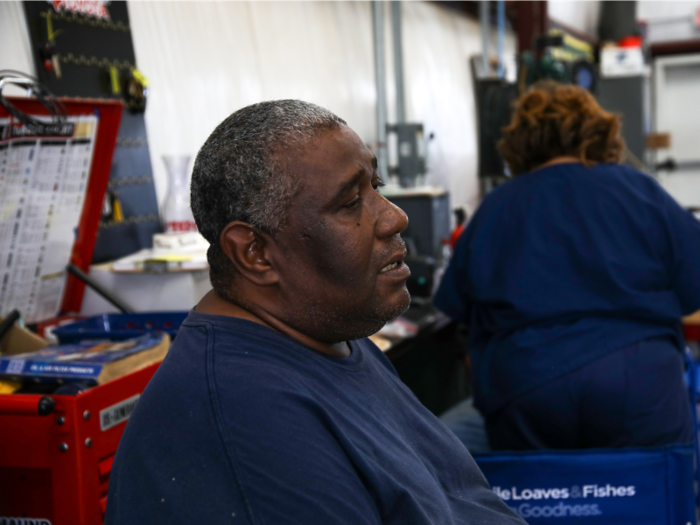
Depending on the hours, mechanics can earn up to $1,500 a month working in the on-site auto shop — and it gives Parks regular access to a lifelong joy of his: cars.
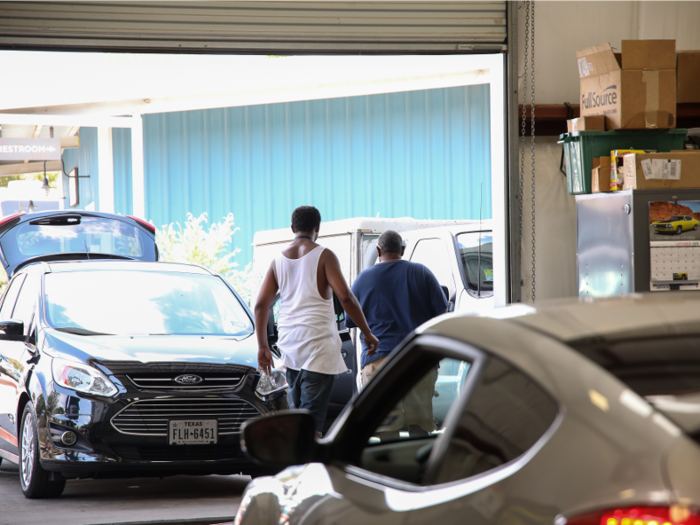
"It was like finally, you know, I've got someplace to go and lay my head down — I can start being a human being again," Parks said.
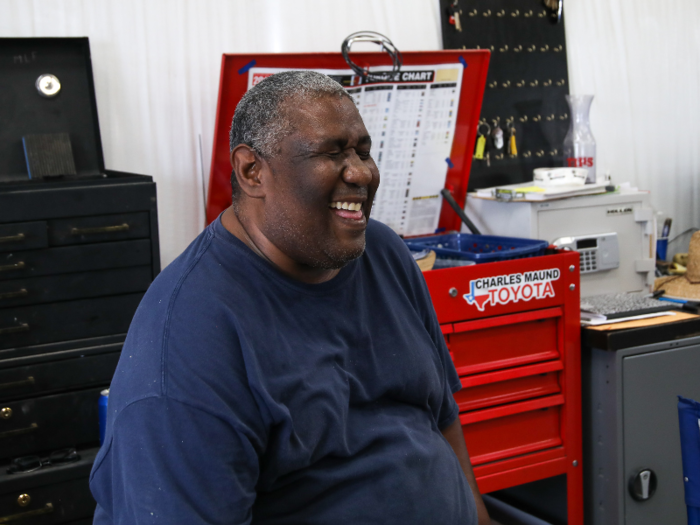
That second chance has been afforded to many of the residents that live here.
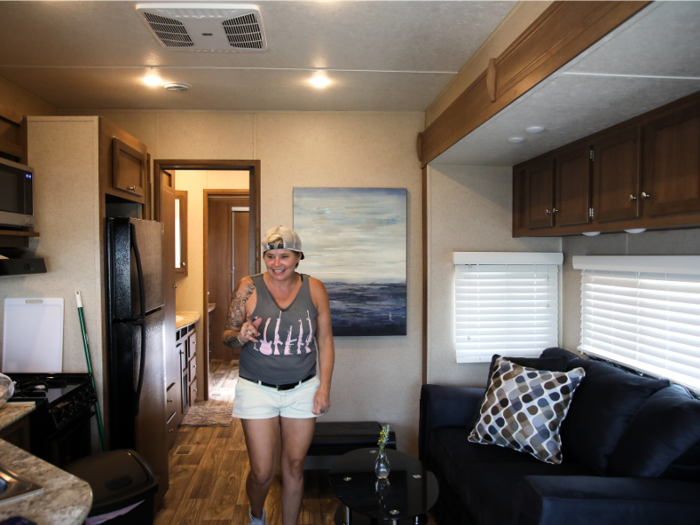
Draper may be one of the best examples of that.
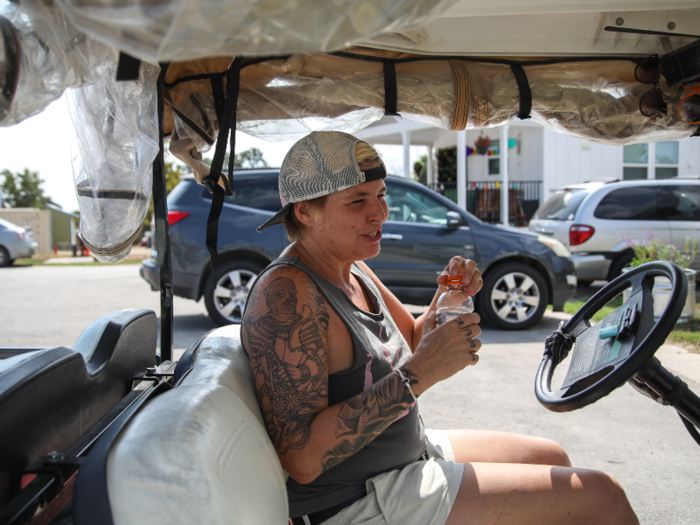
Draper said she was homeless for years and struggled with alcohol and drug abuse while living on the streets of first Houston and then Austin.
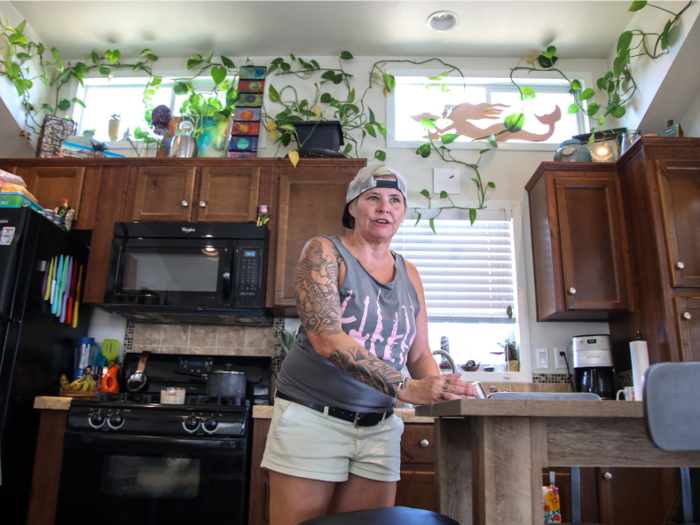
But she said she officially got off the streets in 2009, the same year she got into the Community First project.
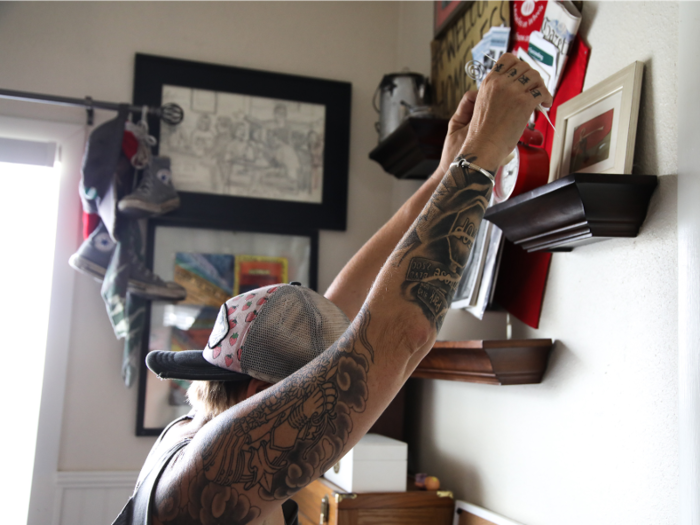
She worked as a contractor in the village before becoming such an integral part of the community that she moved onto the property as a Missional with her nine-year-old daughter, Avery.
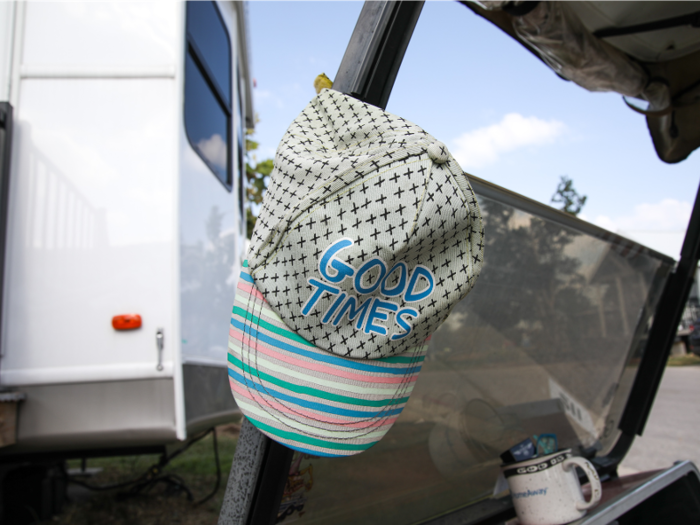
They live in an olive green-painted home with a cat, a rabbit, and a dog named Scruffy.
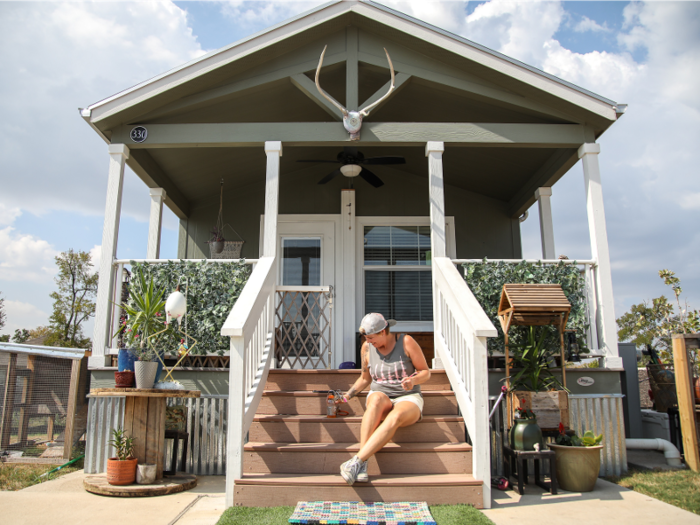
The efforts made by Graham and his organization to house and serve the homeless haven't come without some pushback.
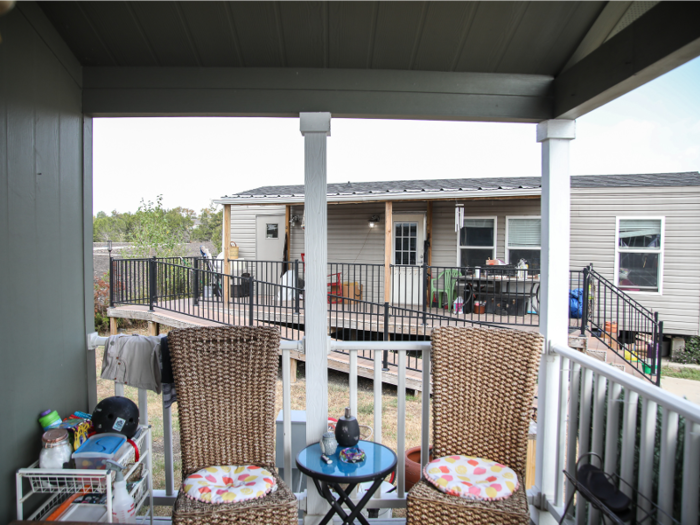
Graham said the city of Austin has always been supportive of the project's mission, but some nearby residents felt otherwise.
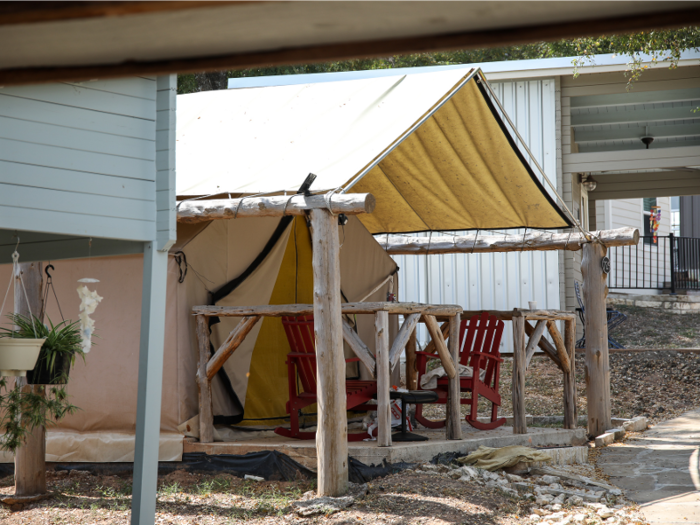
"We always came up against the 'not in my backyard' movement — and that's a killer," Graham said, referring to a national sentiment among some who wish to keep housing for the homeless and lower-income folk away from their neighborhoods.

Source: The New York Times
In April 2008, the city of Austin unanimously voted to grant Graham a long term ground lease on a 17-acre campsite where the city's homeless could live in tent shelters, Graham said.
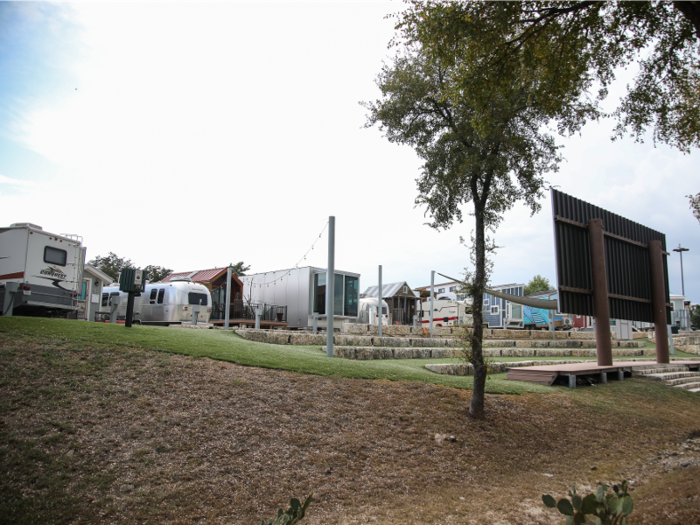
That's how Draper met Graham — he invited her to live on the campground, which isn't far from where Community First Village is now located.
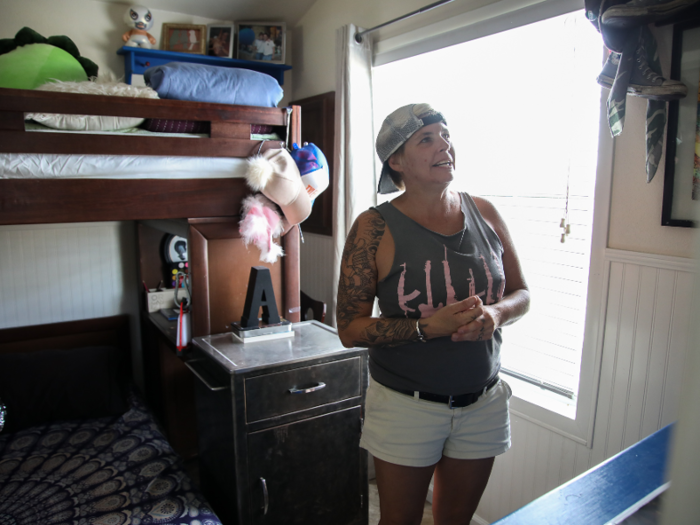
But then at a neighborhood meeting, angry residents not wanting that kind of project near them were in an uproar over the 17-acre ground lease.
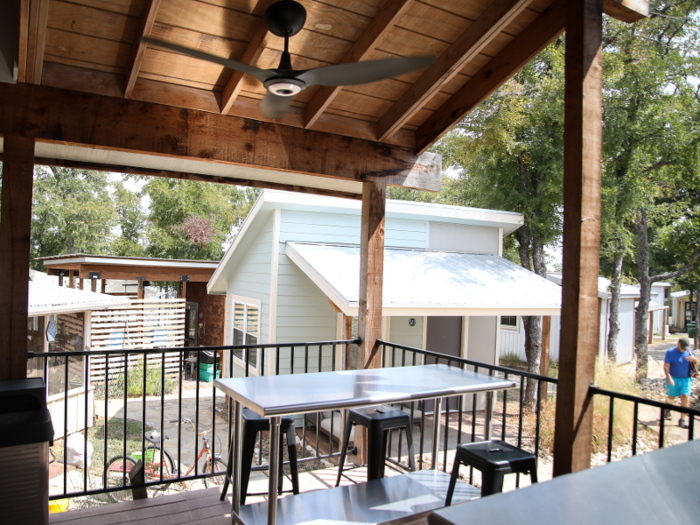
"We were assaulted and spit on," Graham said. He had to be escorted out of the meeting by police, and the proposal for the ground lease was suspended.
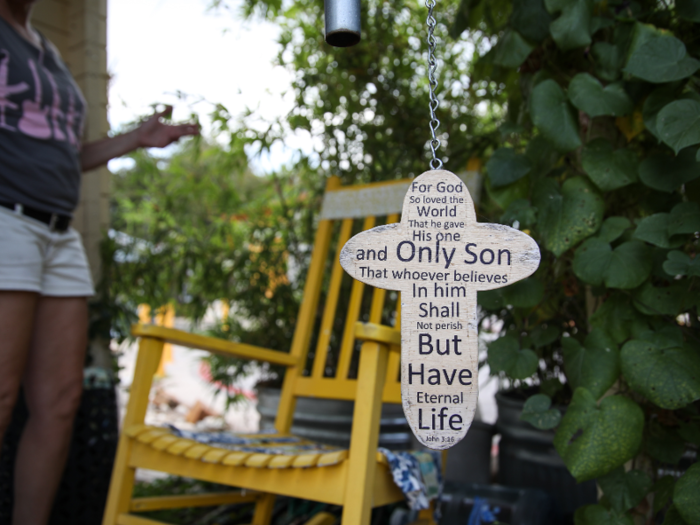
It took four more years for Graham to find a new piece of land, but he said he eventually closed on the property that is now Community First Village.
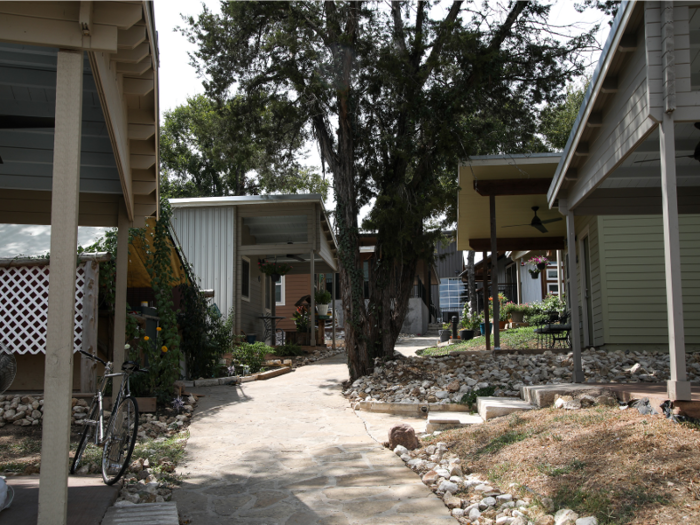
And this time residents would live in tiny homes instead of tents. Ground officially broke on the site in October 2014.
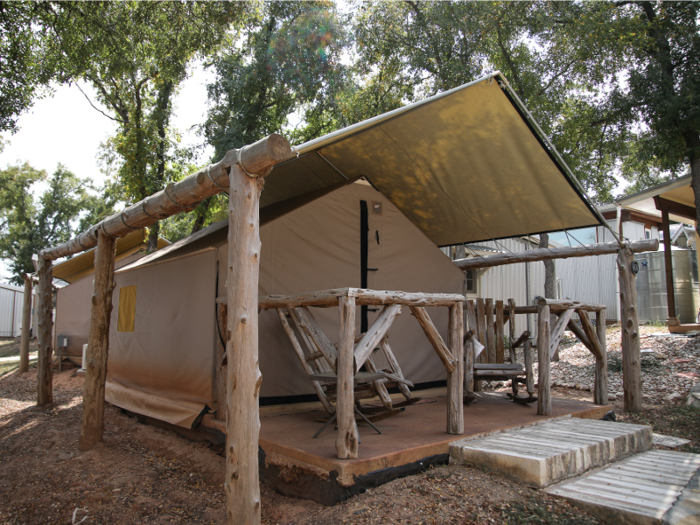
"It's totally different out here because we have an office and property manager and there are rules," Draper said. "This is a different scenario."
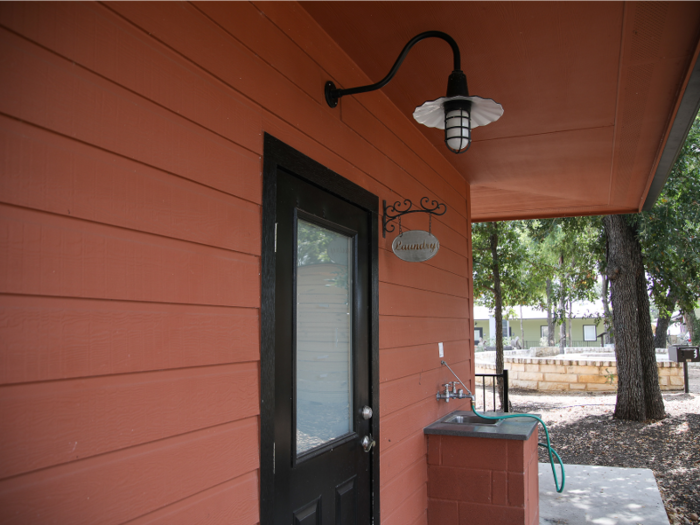
Graham said the people moving into the village have to fit a certain criteria: unaccompanied, no children (unless you're a Missional, like Draper,) have to have a disabling condition, and have lived on the streets of Austin for at least one year.
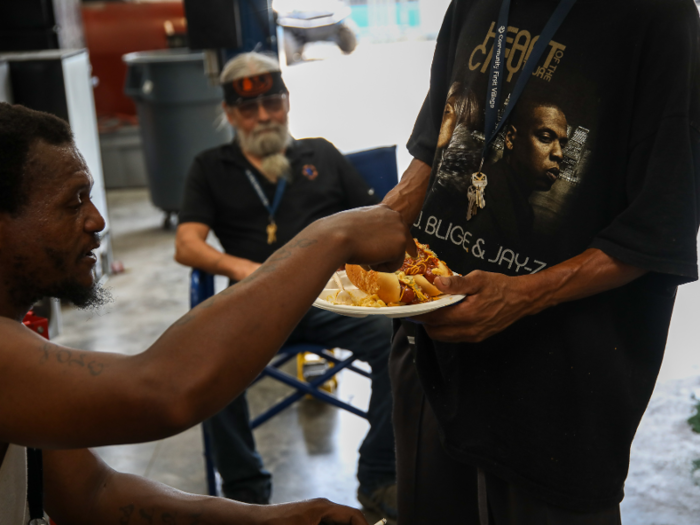
Graham said on average, Community First is capable of onboarding about 10 people a month.
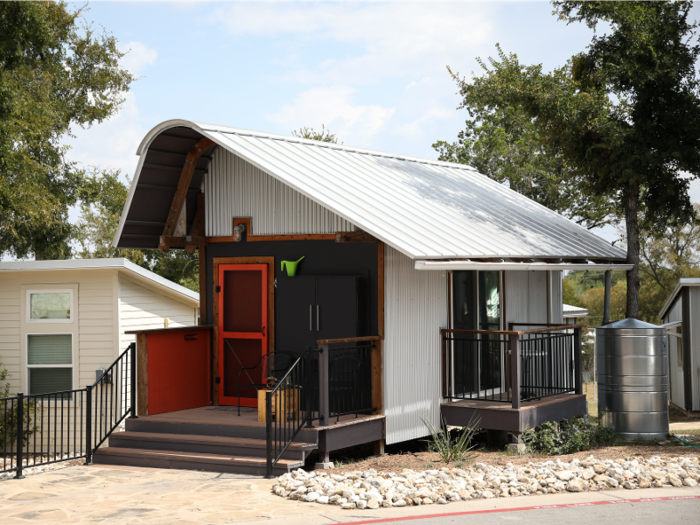
The village is strict on rent payments. Not paying the average $300 in rent is one of the ways a resident will get kicked out of the village, Draper said.
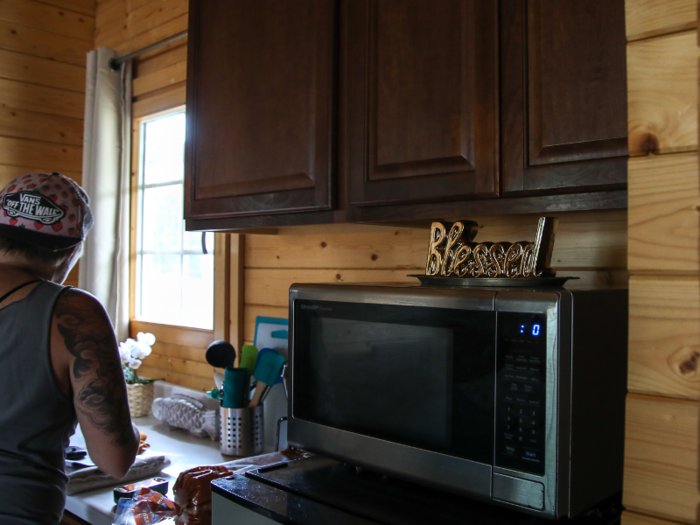
"We love you, and we want you to make it, but if you're not doing your part, then what about the rest of the community?" Draper said.
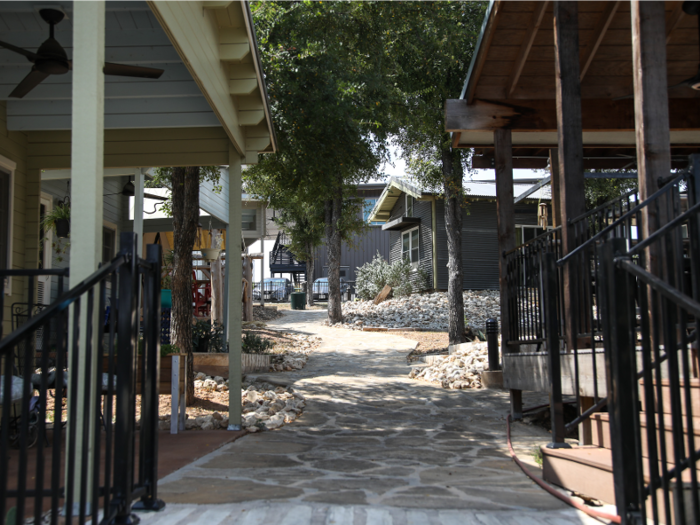
Partaking in drugs and alcohol though is permitted, provided that you do it in the privacy of your home.
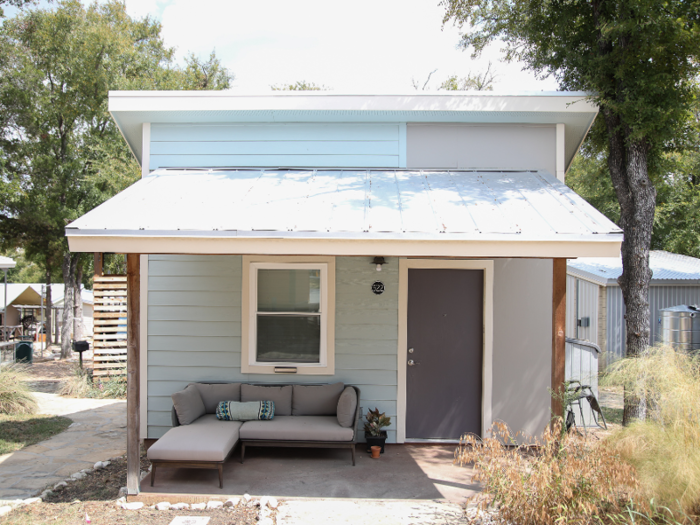
But Graham said residents are expected to behave civilly, and there are still efforts to aggressively minimize the amount of drugs that enter the community.
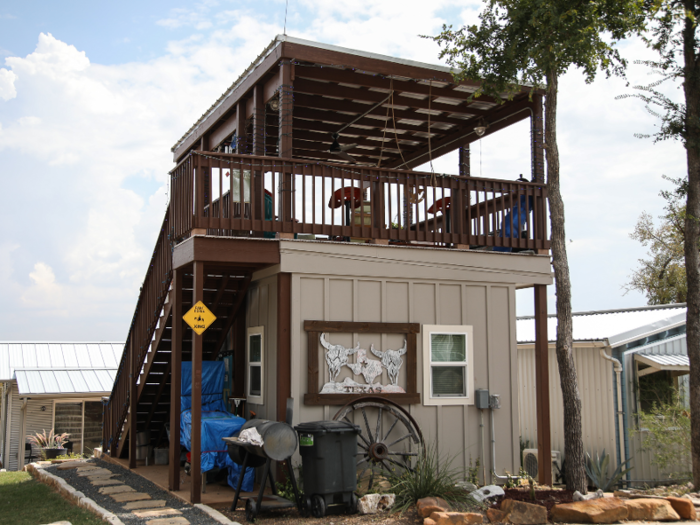
Draper said that her past drug and alcohol use is behind her.
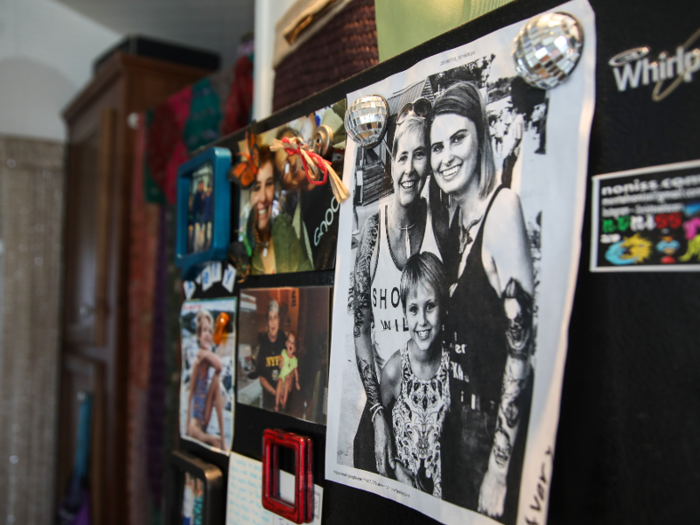
She works in the community, spends time with her neighbors, and every other weekend, she visits her partner of 13 years in jail.
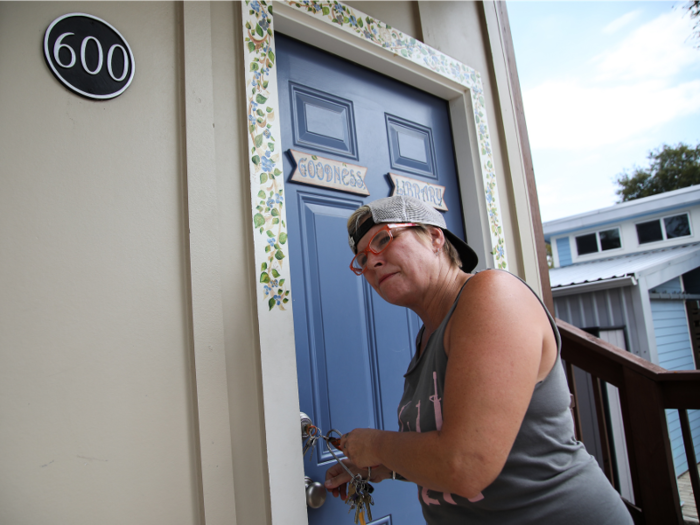
He's currently in prison serving a two-year term for a DWI.
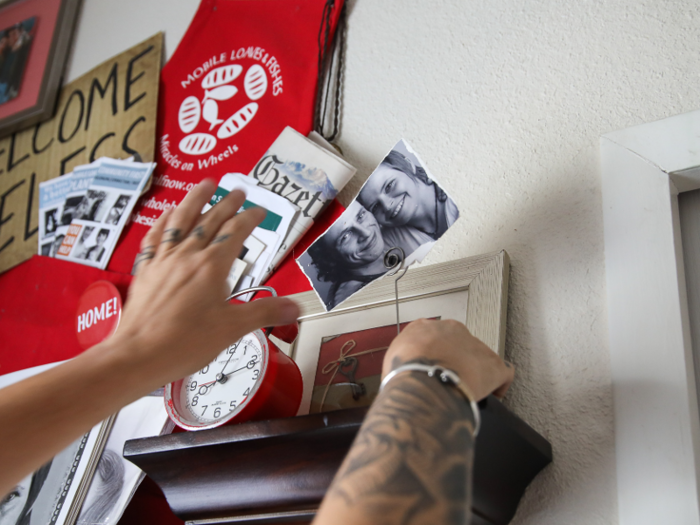
Draper said that she hopes her partner can move into the village sometime in the future — especially to spend more time with Avery, who is his daughter with Draper.
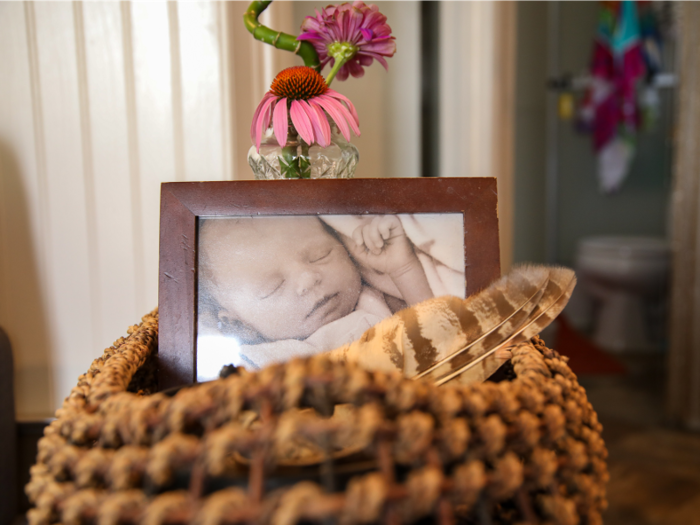
On the day we met with Draper, she said she was hoping to hear news about a shortened jail sentence for him, who'd been imprisoned since February.

"I think today might be a good day for us," Draper said.
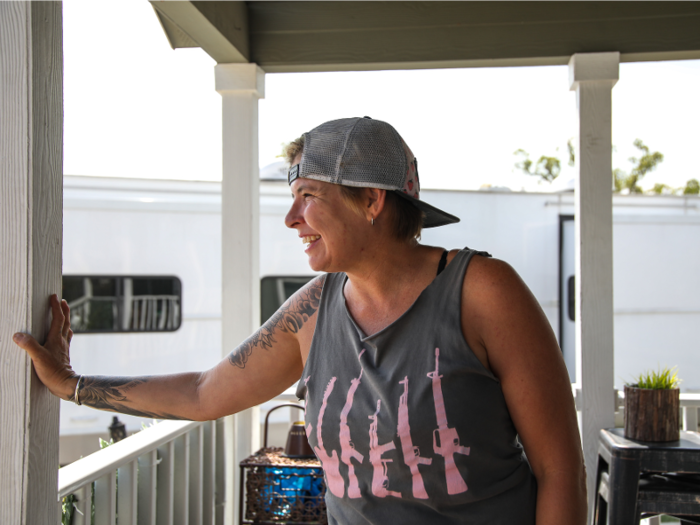
Popular Right Now
Popular Keywords
Advertisement